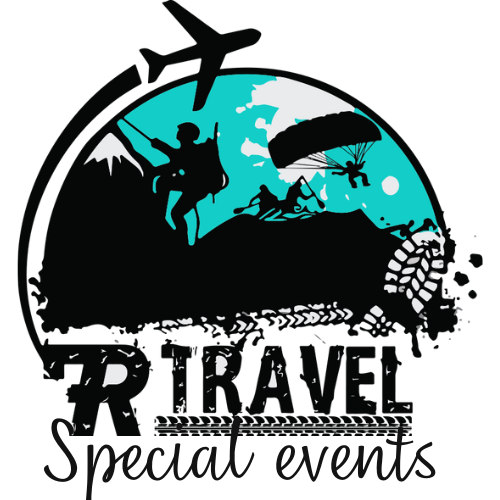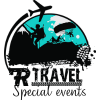Madagascar
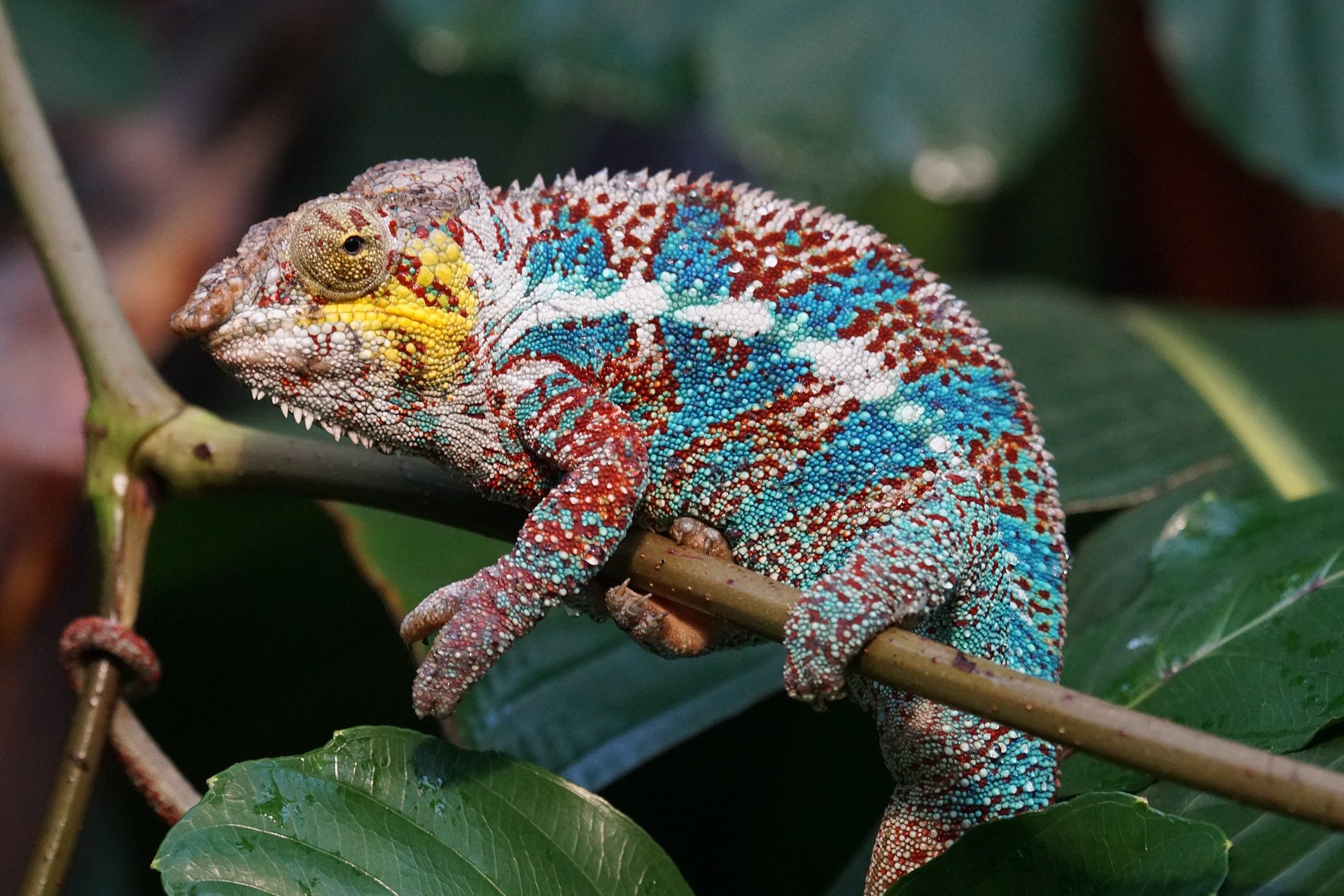
Sports and adventures
Madagascar is a fantastic destination for those who love water sports, but not only.
Here we present the sports activities that we believe are a must try.
On the Sport page you will find the technical data sheets of the sporting activities and if you want to receive personalized itineraries that include these activities, contact us. We will prepare an on-site travel program that reflects your wishes and physical preparation.
Trekking and hiking and Nordic walking: all over the island you can take daily or multi-day excursions, with the possibility of camping and experiencing the nature of the island, close to its inhabitants.
Among the most spectacular routes are those that start from the Makay labyrinths or those that connect Lake Alaotra to the east coast.
On the 12 hills surrounding Antananarivo, forget about civilization and take an excursion with a camp in the Masaola Park.
For the more experienced there are treks in the middle of the mountains to the peak of Boby, or to that of Marojejy, between the forest and the mineral world.
Surf: Madagscar is one of the best destinations in the world for surfing, and not just for its dreamy waves and 28 ° C water in front of white sand beaches. Try the spots of Mahambo (in the north of Toamasina) or Lavanono (in the far south of the country), of Fort Dauphin where the water ranges from 23 to 25 °.
The whole east coast is full of good spots but, for the more experienced there is the spot north of Sambava (at the mouth of the river).
Kitesurfing and windsurfing: thanks to a constant wind that blows along the northern coasts of the island, here you will find a paradise all year round if you love these sports. You can fly to areas far from mass tourism and admire the magic of nature. The best spots to kite and windsurf are in Sakalava bay because it is one of the safest (with a side-on wind that quickly takes you to the bay), where the best season is from March to October with the South trade wind- East blowing constantly. Another kite and windsurf paradise is Babaomby Bay, where the Indian Ocean and the Mozambique Channel meet. It is also called the Emerald Sea and is one of the most beautiful lagoons in the world. The wind season is from late March to late November.
Catamaran, sailboat, dau (typical Malagasy boat), canoe: discovering nature of Madagascar will leave you speechless, whatever means you’ll use. The dau, in particular, are boats of Arab origin from a tale of the Arabian Nights. The Mozambique Channel is the ideal place to find calm waters, the North West coast, around Nosy Be, is rich in archipelagos (Mitsio, Radama) and deep bays which are privileged places to sail. The southernmost part of the west coast allows you to discover large lagoons or wild coasts full of fishing villages in the surroundings of aquatic mangrove forests. Occasionally they will make a stop to allow you to dive or snorkel.
Diving: one of the countries with the greatest biodiversity in the world can only give you incredible emotions underwater, if your dream is to swim with turtles, manta rays, coral fish, but also large cetaceans. One of the most beautiful dive sites is the Gorgonian Forest. Here you can swim among gorgonians and marine animals of all kinds in an extraordinary atmosphere. For wreck lovers, Madagascar offers four wrecks of small and medium-sized boats covered with corals and inhabited by thousands of fish: large slugs, groupers, stingrays, guitar manta rays, platax, etc. But there is also bread for the more daring: off Nosy Be you can observe whale sharks, black-tailed sharks, gray sharks or hammerhead sharks etc.
Quads, motorcycles, buggies: from an excursion to a raid lasting a few weeks, in Madagascar there is no shortage of ideal tracks for off-road vehicles. This is the ideal way to explore the picturesque regions of Madagascar and to admire its beautiful landscapes. On the way you stop to swim, visit a village, take a boat trip, … A fun and useful way to go off-road in Madagascar is to participate in the “Lemur Trophy”. This event takes place once a year and plans to participate together with volunteer organizations that carry gifts and equipment to bring to the population.
In addition, in Madagascar you can go kayaking in marine parks, tarzaning, climbing, paragliding, caving, canyoning, rafting,… in a very rich natural environment.
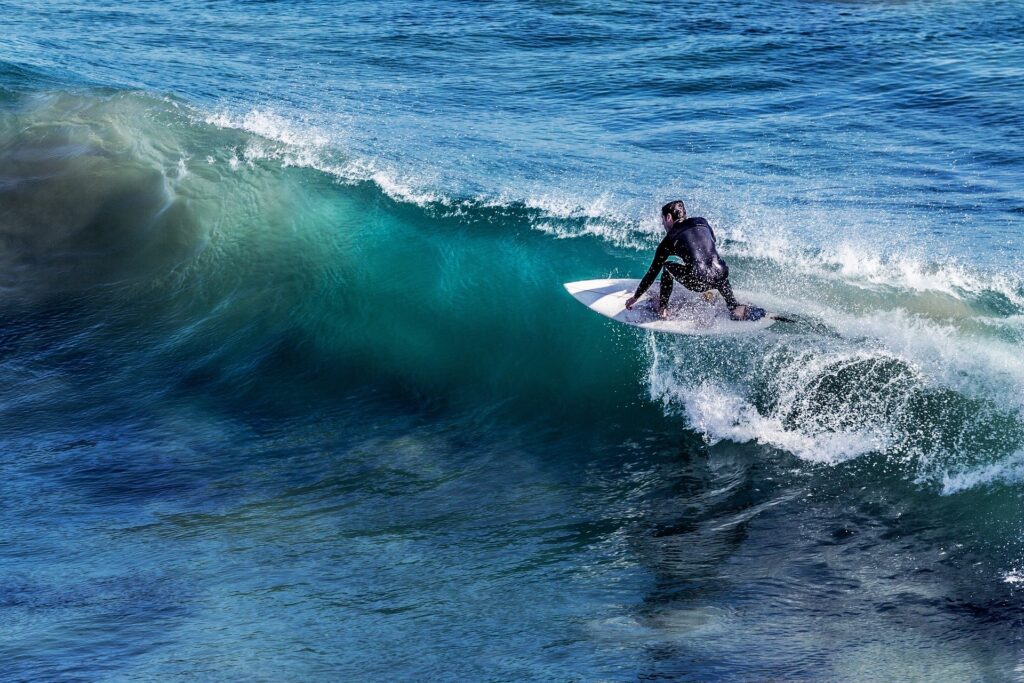
Madagascar is watersports paradise
Experiences
Here are some of the unique and exciting experiences you could live in this destination:
Whale watching: every year from June to September, humpback whales migrate off the coast to mate and give birth. It is an incredible sight to watch these impressive marine mammals come in hundreds, after traveling thousands of kilometers. You could witness the courtship rituals of males jumping out of the water or flapping their fins. Or you might be lucky enough to witness the birth of a whale and its first life lessons with its mom. Meanwhile, you may see numerous species of dolphins jumping in and out of the water. The various cetaceans can be observed above all along the coast of the island of Sainte Marie, the bay of Antongil and Nosy Be, but also along the coasts of Tamatave, Fort Dauphin, Tulear and Majunga, the bay of Antogil. The observation is made in a protected context, thanks to associations that have drawn up rules of behavior for the responsible and respectful observation of marine mammals in Madagascar.
These cetaceans are even celebrated with a dedicated festival held in July in Nosy Boraha, on the island of Santa Marie.
Swim with the whale shark: it can reach 15 meters in length, its eyes are on the sides and a brown body sprinkled with small “freckles” and is absolutely harmless. Swimming with this giant of the sea is an experience not to be missed. Responsible behavior rules must also be respected when swimming with sharks.
Learn about the customs and traditions of the local tribes and, where possible, live them with them: the main ethnic groups of Madagascar are the Vezo, the Mikea and the Zafimaniry.
The Vezos have a very close bond with the sea, which for them is a source of livelihood. They use a typical canoe, of Indonesian origin, around which their whole life revolves.
The Mikea live hidden in the thorny forest of southwestern Madagascar. They collect honey, go hunting and trade tobacco and other products. They believe in a creator God, or “Zanahary”, and in the presence of a transcendent mind.
The Zafimaniry live in the millennial forests of rosewood and other precious woods east of Ambositra. They have a remarkable ability to cut and work wood. In fact, they create splendid geometric patterns that decorate most of the objects and surfaces created by them: houses, walls, windows, columns, beams, stools, chests, tools, sculptures. Their art is in fact a Unesco world intangible heritage.
Playing with chameleons: here in Madagascar there are many varieties, even unique in the world. In fact, half of all chameleons on the entire planet are endemic. If you want to see the microscopic Brookesia Micra, you must visit the Amber Mountain National Park. The Andasibe-Mantadia National Park is perhaps the best known place for observing chameleons. The most colorful live in the Ranomafana National Park. We recommend you to visit the parks with a guide because they are able to see them even if they are camouflaged 😉
Admire the baobabs, the undisputed symbol of Madagascar’s unique biodiversity: of the eight species of baobabs existing in the world, six grow only in Madagascar. Baobabs are considered sacred in many African countries and their cutting is considered a sacrilege. A legend tells that the gods, envious of the beauty and majesty of the baobabs, tried to obscure their splendor by putting them upside down, with their roots in the air. In many areas of Madagascar baobabs are revered as fady and are believed to be home to the spirits of ancestors. Let a guide tell you about one of the many legends and beliefs about these majestic trees.
Take a ride on the pousse pousse, the Malagasy rickshaw: it varies in type from city to city but is always characterized by very bright colors, with designs that sometimes look like pieces of art. Virtually everyone uses the pousse pousse, especially in the city of Antsirabe which is now considered the capital, but also other main cities of Madagascar such as Mahajanga and Toliara. If you are drowning in moral dilemma, know that for the Malagasy who lives on this job it is a job of dignity equal to any other. A use of one’s energies for a consideration of money. And, we recommend, always negotiate the price before getting on the vehicle.
Take a bath in one of the most beautiful seas in the world: in the south-western part of the island, on the Costa Vezo, there are wonderful and long white sand beaches and a sea with shades of color between green and turquoise with long stretches of barrier Reef.
Off the northwest coast, Nosy Be Bay has palm-fringed beaches and several diving centers.
From Nosy Be you can reach other splendid paradises, such as the Marine Park of Nosy Tanikely, with its colorful and lively coral reef a few meters from the beach; or Nosy Iranja, made up of two islands which are connected by a strip of white sand at low tide. To name just a few of the other Malagasy paradises: the archipelago of the Radama islands, that of the Mitsio islands, the island of Sainte Marie (Nosy Boraha).
Descend the Tsirihibina River: the descent of the river, navigable from Miandrivazo to Belo Tsirihibina (2 days with a motor boat or 3 days in a rowing dugout), is an adventurous itinerary with overnight stays in igloo tents on the banks of the river and cooked meals to the field.
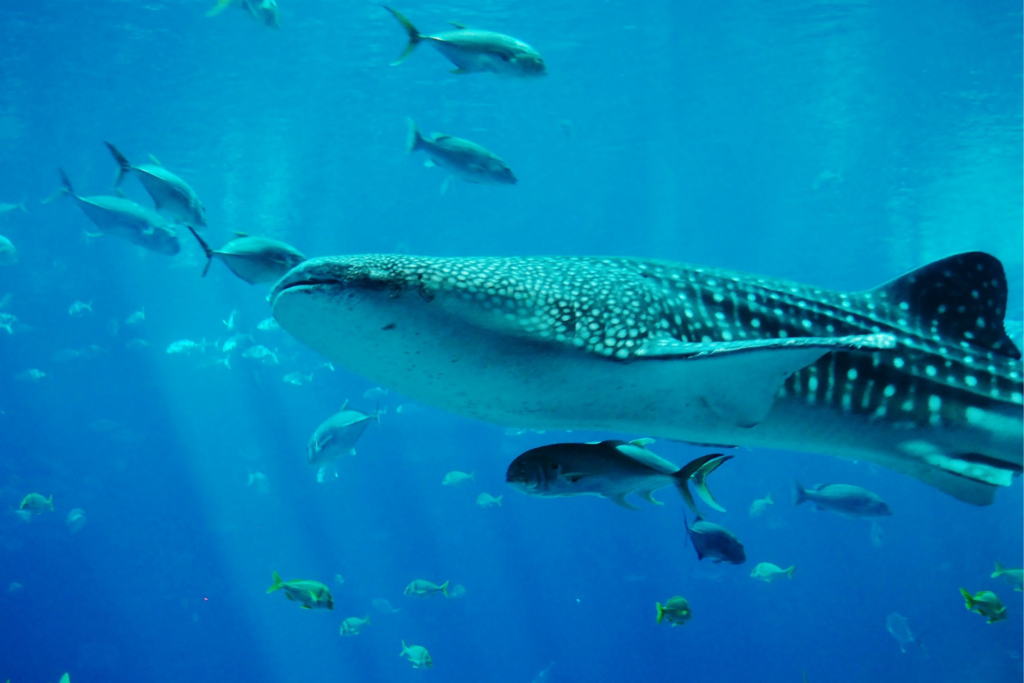
Diving with whale sharks
What to see
Madagascar offers wonderful locations that are absolutely worth visiting. Here you have some:
The North (from Antsiranana – better known as Diego Suarez – to the archipelago of Nosy Be)
This region is mainly inhabited by the Antakarana and Sakalava ethnic groups. It is characterized by a huge variety of habitats, landscapes, national parks and tourist sites. In this region it is worth visiting:
La Montagne Ambre Park, at an altitude between 850 and 1,400 meters, where the forest is dense and humid with a high rate of endemism.
Tsingy Rouge, spectacular rock formations of karst origin that protrude from the ground and turn red due to the high content of laterite found in the subsoil. Tsingy can be found in several regions of Madagascar and cover vast expanses of limestone and brittle rocks composed of fossilized shells.
Ankarana Park where, walking, you reach a large area where there is a mountain massif of karst origin that erosion over time has shaped creating thousands of spiers. Inside the park there are various types of forest, among which the deciduous one, caves and underground rivers.
The Central Highlands and the South West coast
This vast region contains very different habitats. The climate changes as it moves south, becoming gradually drier and thus influencing the landscapes, flora and even human activities. In this area it is worth visiting:
The Ranomafana National Park which hosts an important humid mountain forest, habitat of many species of endemic flora and fauna.T
The small and delightful Anja Natural Reserve, where the Maki Catta, the ring-tailed lemurs, will come to welcome you.
The magnificent Isalo Park, a rocky massif that the phenomenon of erosion due to atmospheric agents and time have modeled with rocks with singular shapes and which rises above an immense prairie that in the dry season turns yellow in a beautiful play of color contrasts.
Within the Isalo Park, water reserves found underground form lush canyons and natural pools.
You can also find here a myriad of villages of different ethnic groups.
The east coast
Here the frequent rains have given rise to very extensive rainforests, some of which are located in rather remote areas such as that of Cap Masoala which are difficult to access and which therefore still boasts primary forests inaccessible to man.
In this region alternate lakes and a branched system of natural and artificial channels of fresh water that reaches in some points very close to the sea, creating an ideal brackish water habitat for the proliferation of mangrove forest. This area is called “Canals of Pangalanes” and for several stretches the canals are navigable by motor boats and pirogues. In ancient times this was an ideal refuge for pirate ships. The branching of the canals allowed him to escape hunting, land ashore and stock up on food and fresh water. And on the island of Sainte Marie there is still a small pirate cemetery.
In this region it is worth visiting the island of Sainte which, thanks to its climate, is home to lush vegetation and is surrounded by beautiful beaches bordered by coconut palms.
In the central highlands you can visit some ethnic groups such as that of the Merina.
Another reason to visit this region is to follow the different itineraries that wind their way from the coastal town of Morondova, which is not easily accessible unless well organized and willing to tackle the route on tracks.
The main attraction here is the Tsingy de Bemaraha Park, one of a kind and classified as a World Heritage Site. It is a large massif of karst origin that extends for about 100 km, sculpted by the phenomenon of erosion in a truly unique way, jagged with spiers (in Malagasy tsingy, hence the name) hundreds of meters high, pointed and sharp, with deep canyon. The climate is dry for many months a year, but the life of the endemic flora is possible thanks to underground rivers that flow through caves. At sunset, be ready to admire one of the most beautiful spectacles that nature can offer on the famous ‘Avenue du Baobab’.
The south west coast
This region offers decidedly fascinating itineraries outside the traditional tourist routes, for remote landscapes and villages. It is the ideal area for the more adventurous, where you need a spirit of adaptation and resistance to long stages on rough tracks. But once you arrive on the Costa Vezo, you can spend a few days at sea to rest.
And then
Antsirabe: considered the capital of Malagasy craftsmanship, in fact, at 1,500 meters above sea level, the locals produce beautiful everyday and decorative objects using all kinds of materials: zebu horn, wood, leather, vegetable fibers, metals … By virtue of its thermal and mineral springs, it is also known as the “City of Water”, so stop at one of the spas to relax a bit before leaving.
Fianarantsoa Region: it is known for its vineyards, for its tea plantation, the only one in the country, for the Savika (the local bare-handed fight with a zebu), and as a starting point to experience a journey on a Old-time train: the Fianarantsoa East Coast train, which will take you through unexplored forests and breathtaking landscapes, with seventeen stops that are also all picturesque.
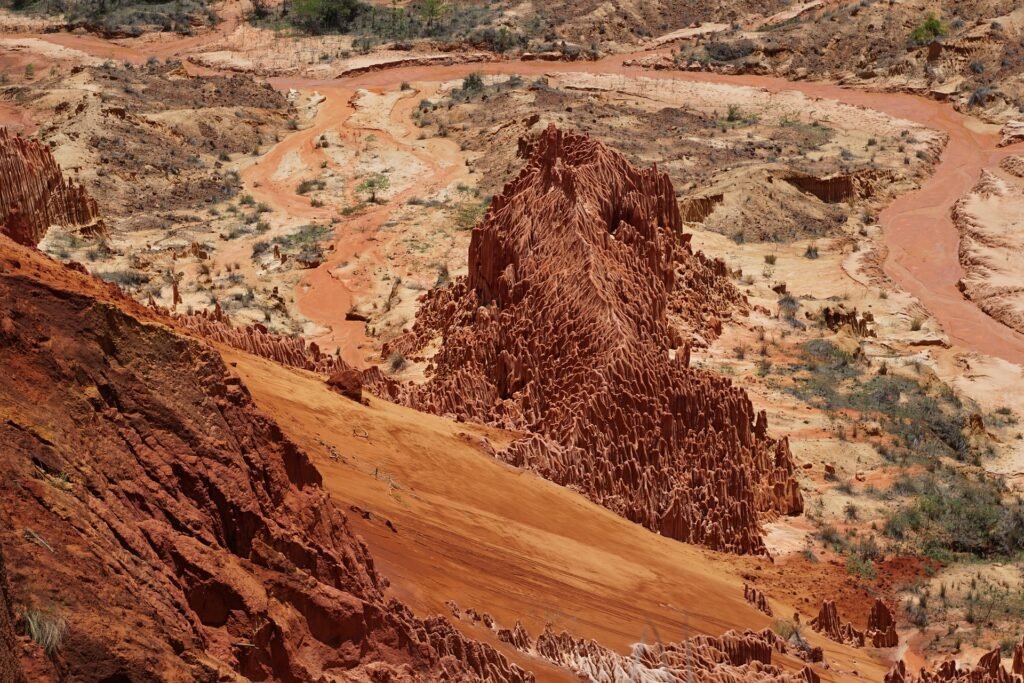
The Tsingy Rouge
Food and Wine
It is curious that in the Malagasy language the verb “to eat” is translated with the word “eat-rice”, because in this beautiful island we eat much more than just rice.
Traditional cuisine is based on the use of rice as an accompaniment to very tasty meat dishes, fish and legumes.
Zebu or chicken meat is widespread, but also rabbit, duck and goat. Pork is not so widespread due to religion which does not allow it, but it is regularly served in restaurants in the capital.
Madagascar produces very tasty tropical fruit, such as mango, mangosteen, lychee.
On the beaches of the main resorts, Nosy Be, Antsiranana, Toliara and Anakao, you will taste freshly caught fish and seafood, grilled and prepared directly on the beach.
Along the coasts there is the habit of cooking with condiments such as coconut milk, vanilla or cloves. To try!
Among the most famous Malagasy dishes we mention:
Lasary Votabia (pronounced: Lassàr Votabì) or Rougail: it is a side dish consisting of chopped tomatoes with finely chopped onion and parsley, all soaked in lemon juice.
Achards (pronounced: Ashàr): generally pickled mango or lemon which is added to the main dish as a condiment.
Maskita: marinated zebu meat cooked on a spit. To be accompanied with a glass of local beer.
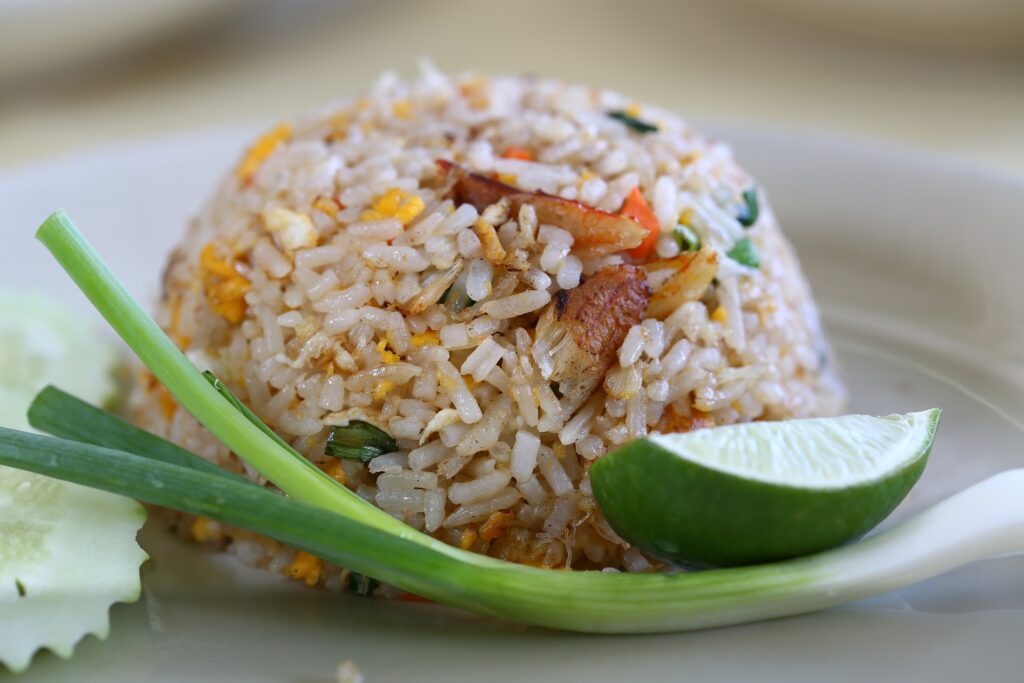
Not only rice
When to go
What is the best time to visit Madagascar?
The climate in this country varies greatly depending on the differences in altitude and geographical area.
There are generally two seasons: summer, humid and hot, which runs from November to March / April, in which some areas can be hit by violent cyclones, and cool, drier winters from late April to October.
We could hazard a guess that the best time to visit Madagascar is from July to September. The climate is perfect because the rains are far away and the days are warm and pleasant for both being on the beach and visiting the parks, including Isalo, which is notoriously sultry.
The ideal period, however, always depends on what you want to do.
From January to March is the best time to explore the south, learn about fauna and flora and take amazing sunset photos. The thorny southern forest with blooming baobabs is a must-see. The route will have to be studied well to avoid the heavy rains but it will be worth it.
Between April and June the rains cease and tourists are still few. Ideal for making visits avoiding the typical crowding of the high season.
Also an excellent time to visit the parks, spot lemurs, but also snakes, chameleons and the only species of crocodile present in the area, the “Nile crocodile”.
Furthermore, the Malagasy flora is at its maximum splendor after the rains.
From July to September is the best time to spot the whales that in these months move here to give birth.
This is also the perfect time for diving, for being on the beach, for visiting parks.
October: Madagascar is worth going to just to see the baby lemurs. Several species of lemurs will have given birth in September, so in October you can see the babies hugging their mothers or running around.
From October to mid-December is the best time for wildlife lovers and for itineraries to discover chameleons and geckos.
For kite and windsurf lovers, Madagascar is a paradise from April to November, where 95% of the days are windy in the north of the island.
What to pack
Of course, what to pack for a trip to Madagascar depends on what activities you will do and, above all, on the period when you go there.
Below we give you just a few indications on what absolutely must not be missing.
The climate and temperatures in Madagascar vary greatly depending on the altitude.
In the area of the Central Highlands, and in general at altitudes above 800 meters, during the winter season (from June to September) the temperatures at night and in the early morning are rather cold (7/12 ° C), during the day and sunny days generally between 18 and 22 ° C.
In coastal areas, temperatures are always between 24 ° C and 30 ° C during the day.
Therefore we generally recommend sporty and informal practical clothing (no hotel requires elegant clothes), a jacket or a heavy sweater (fleece or wool), a waterproof jacket, closed shoes with non-slip soles, long pants and a hat to shelter from the Sun.
Don’t forget your sunscreen!
We also recommend that you bring flashlights with spare batteries because blackouts can be frequent.
Information
Continent: Africa
Capital: Antananarivo
Language:the official language is Malagasy; French is known only in the cities; the Italian and English language is spoken only by some guides and by the staff of some hotels.
Currency: Ariary
Power sockets and voltage: sockets with two poles and without grounding, such as those in Europe. The electric current in use is 220 volts; In hotels that work with photovoltaic panels, you may not have available outlets in the room or they may have a power limited to a few watts.
For up-to-date and detailed information visit www.viaggiaresicuri.it
Some tips
Bring with you the spirit of adaptation but also the desire to surprise you.
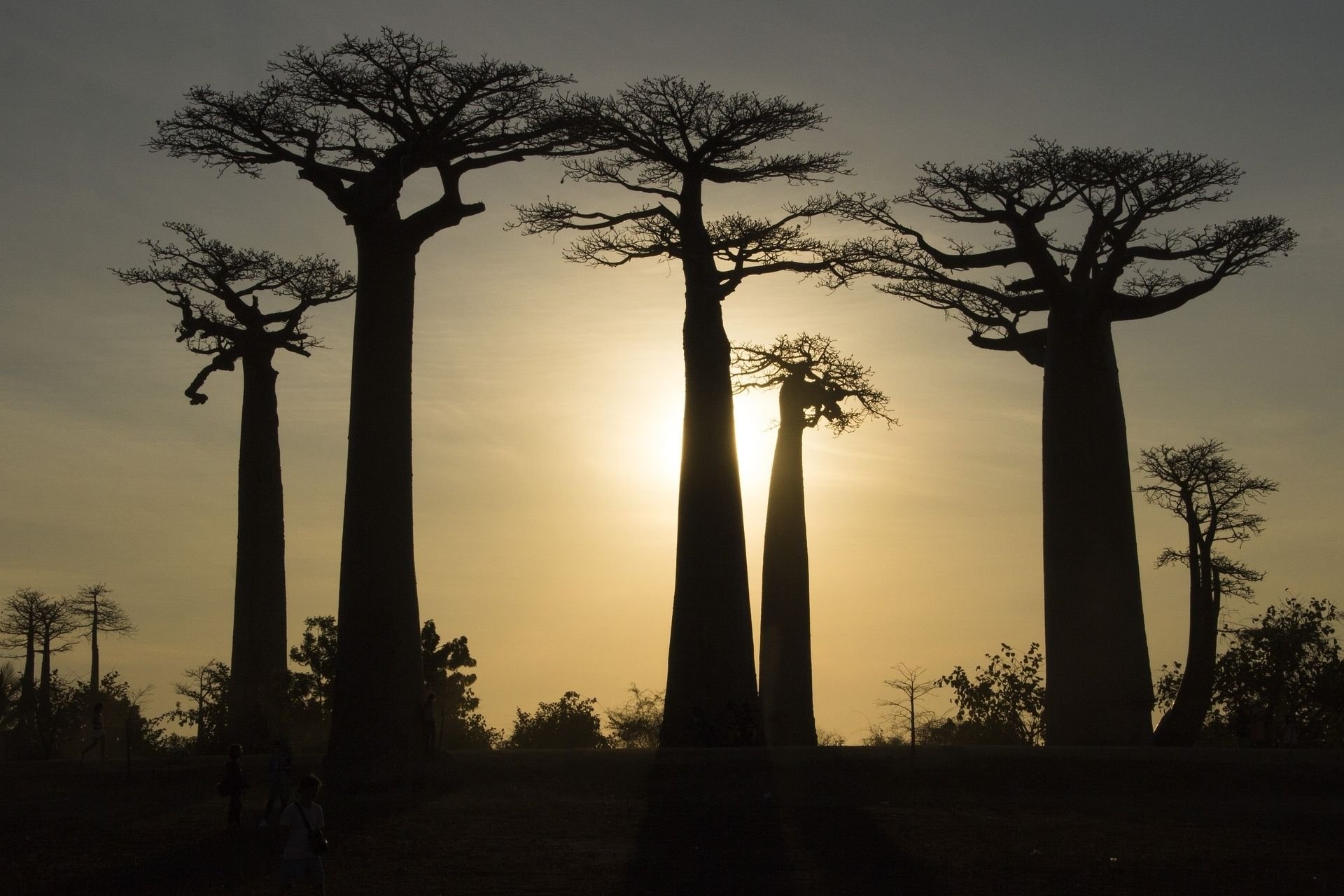
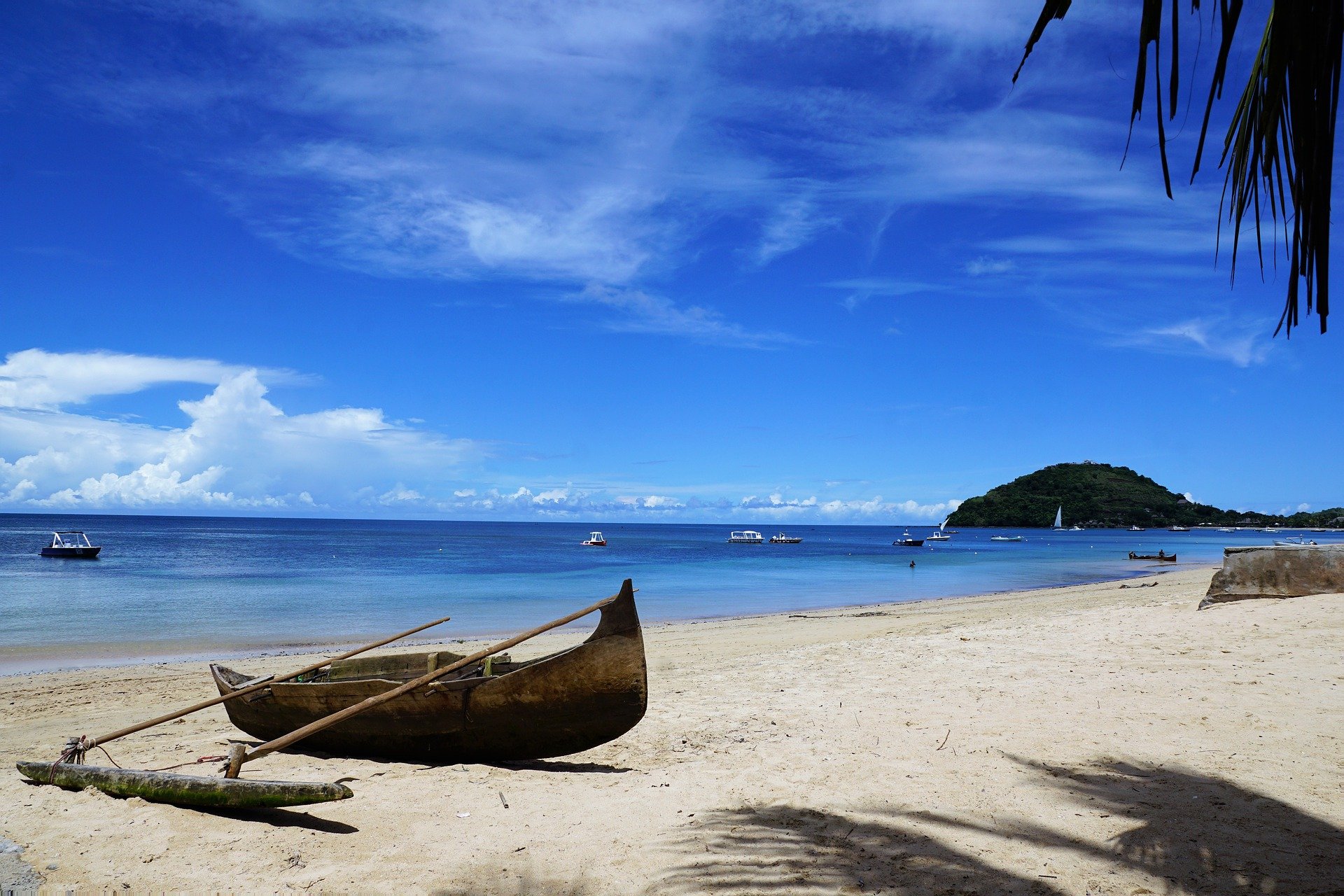
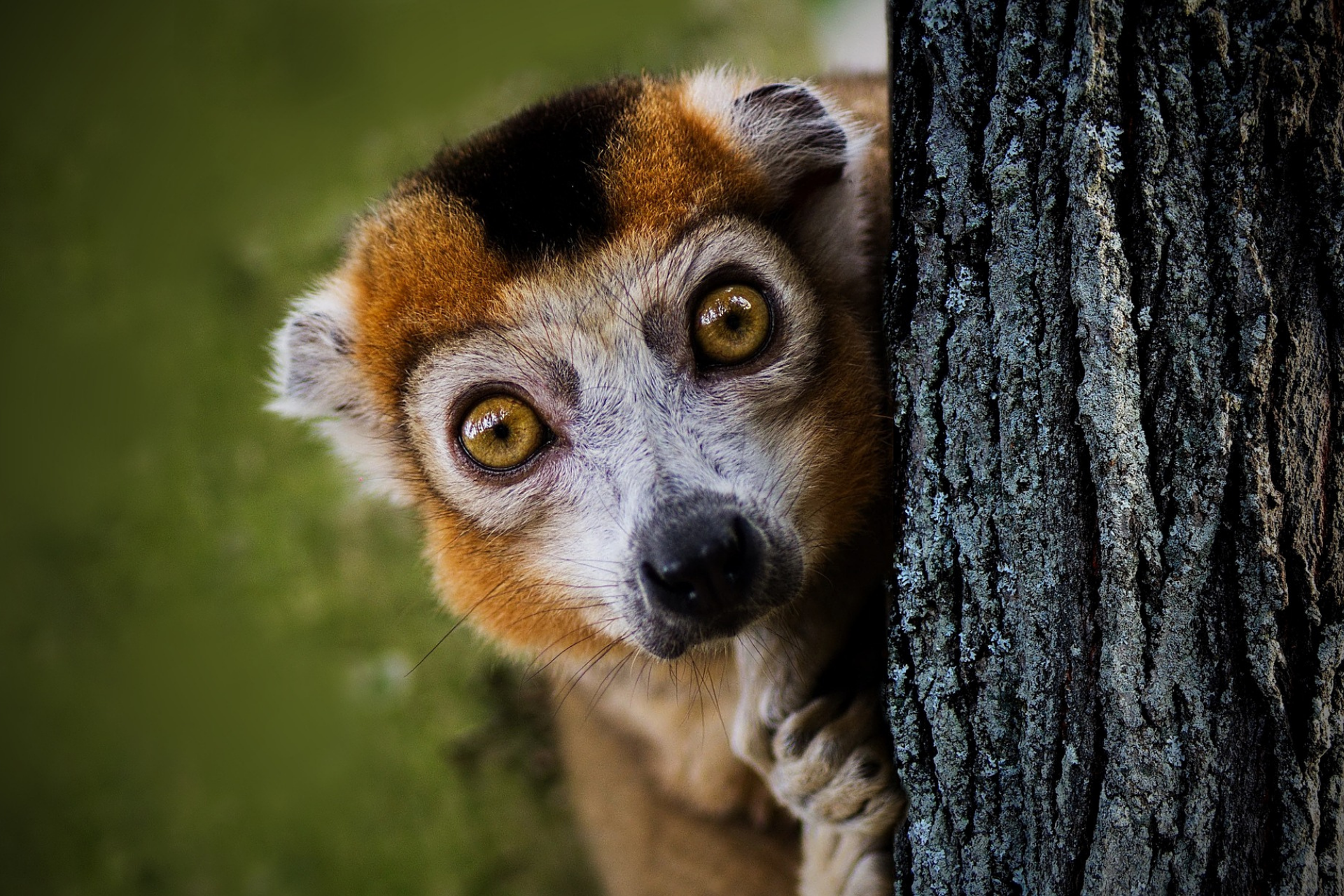
Do you like this destination?
Contact us to design your custom adventure and sport tour
Call now: +39 3492701273
Chat on Whatsapp: +39 349 2701273
Chat on Messenger: @7RTravel
Send an e-mail: info@7rtravel.com
